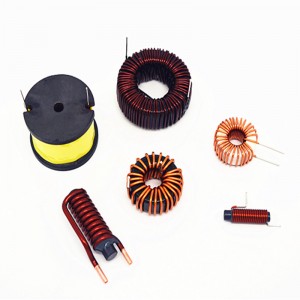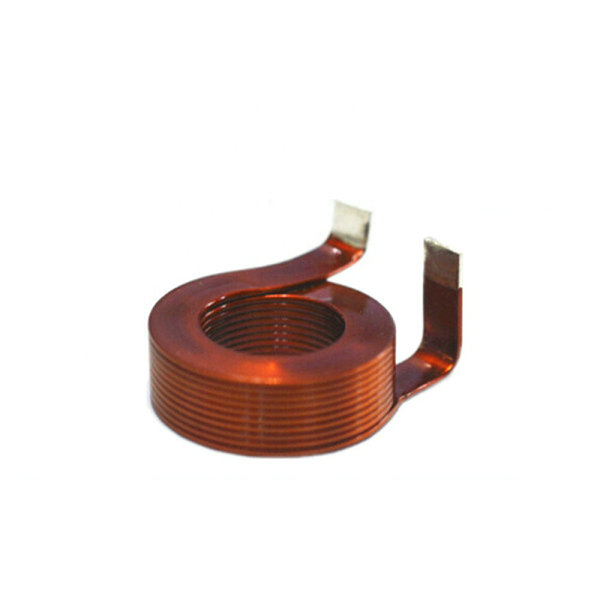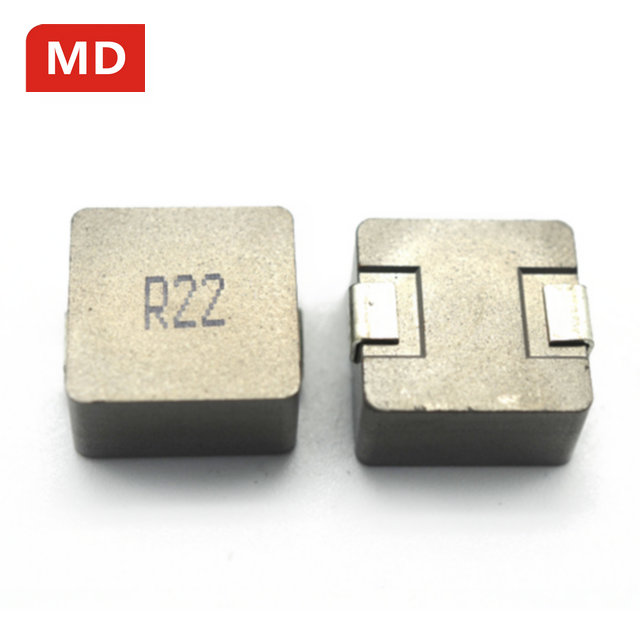When it comes to inductor, many designer are nervous because they don’t know how to use inductor. Many times, just like Schrodinger’s cat: only when you open the box, can you know whether the cat is dead or not. Only when the inductor is actually soldered and used in the circuit can we know whether it is used correctly or not.
Why is inductor so difficult? Because inductance involves electromagnetic field, and the relevant theory of electromagnetic field and the transformation between magnetic and electric fields are often the most difficult to understand. We will not discuss the principle of inductance, Lenz’s law, right hand law, etc. In fact, regarding to inductor, what we should pay attention to is still the basic parameters of inductor : inductance value, rated current, resonant frequency, quality factor (Q value).
Speaking of the inductance value, it is easy for everyone to understand that the first thing we pay attention to is its “inductance value”. The key is to understand what the inductance value represents. What does the inductance value represent? The inductance value represents that the larger the value, the more energy the inductance can store.
Then we need to consider the role of the large or small inductance value and the more or less energy it stores. When the inductance value should be large, and when the inductance value should be small.
At the same time, after understanding the concept of inductance value and combining with the theoretical formula of inductance, we can understand what affects the value of inductance in the manufacturing of inductor and how to increase or decrease it.
The rated current is also very simple, just like the resistance, because the inductor is connected in series in the circuit, it will inevitably flow current. The allowable current value is the rated current.
Resonant frequency is not easy to understand. The inductor used in practice must not be an ideal component. It will have equivalent capacitance, equivalent resistance and other parameters.
Resonant frequency means that below this frequency, the physical characteristics of the inductor still behave like an inductor, and above this frequency, it no longer behaves like an inductor.
The quality factor (Q value) is even more confusing. In fact, the quality factor refers to the ratio of the energy stored by the inductor to the energy loss caused by the inductor in a signal cycle at a certain signal frequency.
It should be noted here that the quality factor is obtained at a certain frequency. So when we say that the Q value of an inductor is high, it actually means that it is higher than the Q value of other inductors at a certain frequency point or certain frequency band.
Understand these concepts and then bring them into application.
Inductors are generally divided into three categories in application: power inductors, high-frequency inductors and ordinary inductors.
First, let’s talk about power inductor.
Power inductor is used in power circuit. Among power inductors, the most important thing to pay attention to is the inductance value and rated current value. The resonance frequency and quality factor usually need not be much concerned.
Why?Because power inductors are often used in low-frequency and high-current situations. Recall that what is the switching frequency of the power module in the boost circuit or the buck circuit? Is it only a few hundred K, and the faster switching frequency is only a few M. Generally speaking, this value is far lower than the self-resonant frequency of the power inductor. So we don’t need to care about the resonant frequency.
Similarly, in the switching power circuit, the final output is the DC current, and the AC component actually accounts for a small proportion.
For example, for 1W BUCK power output, the DC component accounts for 85%, 0.85W, and the AC component accounts for 15%, 0.15W. Suppose that the quality factor Q of the power inductor used is 10, because according to the definition of the quality factor of the inductor, it is the ratio of the energy stored by the inductor to the energy consumed by the inductor. The inductance needs to store energy, but the DC component can’t work. Only the AC component can work. Then the AC loss caused by this inductor is only 0.015W, accounting for 1.5% of the total power. Because the Q value of power inductor is much larger than 10, we usually don’t care much about this indicator.
Let’s talk about high-frequency inductor.
High-frequency inductors are used in high-frequency circuits. In high-frequency circuits, the current is usually small, but the frequency required is very high. Therefore, the key indicators of inductor become resonance frequency and quality factor.
Resonant frequency and quality factor are characteristics strongly related to frequency, and there is often a frequency characteristic curve corresponding to them.
This figure must be understood. You should know that the lowest point in the impedance diagram of the resonance frequency characteristic is the resonance frequency point. The quality factor values corresponding to different frequencies will be found in the frequency characteristic diagram of the quality factor. See if it can meet the needs of your application.
For ordinary inductors, we should mainly look at different application scenarios, whether they are used in the power filter circuit or in the signal filter, how much signal frequency, how much current, and so on. For different scenarios, we should pay attention to their different characteristics.
If you are interested, please feel free to contact Mingda for more details.
Post time: Feb-17-2023








